St+art Festival is a collaborative platform for street artists working on the idea of ‘Art for Everyone’ with the primary objective of making art accessible for wider audiences while having a positive impact on society. The two month long urban arts festival has changed the visual landscape of the city with art interventions in public spaces through murals, installations, performances, workshops, talks and screenings. We had a chat with Festival Curator Giulia Ambrogi talking about the recent completed 2016 edition.
by Niels Shoe Meulman.
Hello Giulia, first of all give us a first impression about the 2016 edition, what has excited you most of all?
Actually everything. All the projects we realized this year – Lodhi Colony Art District – the first open air art district in India; WIP – The Street Art Show – the collective exhibition in the biggest dry container depot of Asia and Govind Puri Metro Station – were very challenging and exciting both for the characteristics of the environments and for the purposes. Thus, it has been extremely stimulating working with the artists, with the whole team and among the people constantly curious and changing so significantly these spaces.
I think that the most important and exciting part of the Street Art projects is the process and I feel this edition the energies were terrific and we had the great pleasure of having exceptional artists who are also great human beings and this makes a big difference also in reaching the goals and enjoy the every single moment even when might be tiring.
By Nevercrew.
The artists team is really impressive, world renowned names together with emerging artists, how the selection process went?
It starts from personal tastes and from considering the language of the artist according to the specificity of the project and to the Indian context in general. There are artists who I appreciate but their artistic discourse and style could be difficult to integrate with the imagery and the culture over here for instance.
This edition for me was special, having had the opportunity of inviting few of my favourite artists whom I worked with also in Italy like Agostino Iacurci, Borondo and Gaia, one of my myth since I was young such as Shoe, Shilo Shiv Suleyman that I always looked at since I landed in India. Moreover, it has been great to cement further the relationship and the exchanges with the group of Indian artists Anpu, Amitabh Kumar, Blaise, Daku, Inkbrushnme, Harsh Raman which have been participating since the beginning of our festival, building up with us the scene. They are incredibly growing in their practices and on the other hand was great to discover, as you mentioned, emerging or lets say less established artists such as Senkoe, Avinash & Kamesh, just to name a few.
By Borondo.
Compared to previous editions, what would you highlight as a progression? I mean, did you find a different attention to your initiatives?
Definetly. I would say that is proportioned to the progression of the projects we are doing. This year we’ve worked under the Ministry of the Urban Development to create the Lodhi Colony art district and by doing so we unlocked a different approach to the city, a city in which instead of meeting up in malls it’s possible to meet up in a pedestrian friendly neighborhood, very rare in Delhi, where there’s something stimulating and accessible to go for and look at. The idea of creating public spaces in a city in which there are very few, no plazas, no walkable city center, and doing so through art and culture is something very new in India. Also WIP – the Street Art show, has been an open platform for other art forms such as performances, music, screenings and people were coming from far even with kids, feeling free to chill and enjoy a public space with good cultural proposals. I believe that the combination between the accessibility of our projects, the dialogue with the urban fabric of the city and the quality of the art in it is catalyzing energies and grabbing a lot of attention from the most different sectors of society. Therefore, art lovers and professionals, youngsters, expats, tourists, common people, are the usual crowd of our projects. To give you an idea, we had over a month 30000 visitors at the WIP show, in a place that it’s pretty far from the common routes and that might be kind of scary by being in between thousands of trucks and a landfill…
By Harshvardhan Kadam aka Inkbrushnme.
Talking about the featured themes, what have you tried to transfer to the artists in order to develop their creativity?
First of all the significance of the projects which might seem similar to other international ones but are instead very site specific. The purpose is to fill gaps such as the absence of public spaces, the limitate access to art and culture for the majority of the population, the different ways in which the citizens live the streets and the fracture between poor and rich people who can instead be united by such art. Then it’s very important to talk with the artists about from the Indian culture, the importance of specific themes, colours, elements, imageries and the way in which people live the streets. However, in many cases is a dialogue then it continues on ground and it develops from the impressions and feelings the artists have once they arrive and they get in touch with the context. Concerning the Indian artists the process is different and I feel it’s precious dialogue for me since in their pieces they mainly speak about Indian culture and traditions in a contemporary and innovative way. The work of Daku, Inkbrushnme, Amitabh Kumar make me discover everytime new aspects of this incredible and culturally rich country that India is.
By Reko Rennie.
How do you think it was important for an artist to know the reality of Delhi and specifically the Lodhi district?
As said is fundamental. We started the conversations with all the artists around 5 months in advance, sharing with them a presentation about the history, the architecture, the surroundings, the life style, the characteristic elements of Lodhi Colony, in Agostino’s case Govind Puri metro station and Hendrik’s case the landfill in ICD, and a general introduction on India and its cities. I think that many of the artists infact took direct inspiration each time from some of these peculiar elements.
By Chifumi Krohom.
What was the relationship between the artists and the resident community? I mean, what’s the people’s reaction to a peaceful artistic invasion?
Was amazing. Very supportive even when perhaps we were creating some noise with the cranes working also till late at night. Many people have been contributing in different ways, offering chai, the Indian tea, their houses for water and facilities, or their shops to keep paints and materials. The warmest and most loyal reaction was by the kids of the close slum and of the colony were always with us, helping out in needs such as going to grab water, washing the brushes and buckets and simply hanging around and making a lot of noise! I think everyone, aside from personal preferences on the pieces, is very happy and proud to have become a sort of famous spot in the city attracting journalists, cameras and people from other parts of Delhi and the world.
By Niels Shoe Meulman.
The choice of containers was dictated by logistics solutions, or is an editorial line that you wish to continue?
It was a curatorial choise related to the medium of the container per se. Containers travel all around the world, they are the symbol of globalization, carrying inside different products from all around the world as the so called street artists do. Moreover is an extremely interesting and flexible element for the infinite ways in which it can be combined, installed and worked out. The idea was to create a unique experience, a universe apart but able to interact with the surroundings, to create a room for discoveries and multiple point of views. In this sense with Pierre Guyot, the architect of the exhibition we thought about the porous moghul architecture with its see-trough effect. This was also a way to let the viewer explore the space, look at the art and being able to absorbe so many different styles exhibited together. At the same time, the challenge was also to give to each one of the artist a great canvas and create a path which was visually conductive and conceptually meaningful. All the containers have been turned into objects for instance in the case of Shoe, Agostino, Amitabh Kumar or buildings, Never Crew, Borondo, Anpu, Senkoe, and at the same time wonder boxes in their inside. According to me this has been a way to articulate and show the two dimensions of street art: one, massive in scale – on the outside of the containers – and another more intimate in their inside. It was amazing according to me to work in such an unconventional space such as the parking lot right in the center of the biggest dry container depot of Asia, between thousands containers and trucks and the landfill, a mountain of garbage hosting a micro cosmos of people and animals on its top.
This is a one lifetime experience and project which will be an editorial line just in the sense of exploring further “movable” surfaces…stay tuned.
And what will happen at the end of the festival, there will be an exhibition space?
No, we actually don’t want as of now to have a permanent space because our aim both in the streets and in the exhibitions is to regenerate spaces with great potentials but abandoned or unknown in view to open them up to people and to work in a site specific way rather than showing artworks that could have been exhibited in a gallery in whatever other part of the world.
During a trip to New Delhi I was lucky enough to appreciate the precariousness and unpredictability of everything that goes on in that great city. I can only imagine the huge organizational effort to complete a so complex festival. What did you discover during such an experience?
How not to go nuts! Actually how to deal with the great local resources, human resources especially, which mainly means to acquire a different management of time. Time is to a certain extent relative over there so you need really to switch your habits and getting into that flow. Foresee as much as you can and find creative solutions to problems which are apparently not solvable….imagine that for such a long line there’s just one word in hindi, jugaad! Guess I learnt a lot of jugaad.
What kind of support did you receive from the local authorities, is there a cooperation between the parties?
For the permissions especially this year it became more than a support. Lodhi Colony Art District is the first open air art district in India and we directly worked under the Ministry of Urban Development with the aim of creating other 4 art districts in the country by 2020. Therefore, as said before is not just a matter of permissions but of sharing a vision with the central authorities. Also WIP was in collaboration with CONCOR, Container Corporation of India, who supported us completely and gave us the space – a parking lot for thousands trucks – and the containers for over two months. The cooperation seems to be very fruitful in a long term since we are trying to interweave our projects with the interest of the government of modernizing the city by creating public spaces thanks to the best worldwide contemporary art.
By Rakesh Kumar Memrot.
Projecting us to the next edition, what would you change and what do you think should absolutely remain unchanged?
The deep goal of interacting in innovative ways with the urban environment and the artists as well as our enthusiasm will definetely remain unchanged.
Then we are trying to move from the festival format to rather focus on specific projects.
If you had to pick an episode that you think you will remain from this edition, what would it be?
Few days before the opening of WIP, Shoe, Agostino Iacurci, Borondo, Adele and me in Lado Sarai, an the Urban Villages of Delhi that hosts a road in which all the contemporary art galleries are. After an exhibition opening we got lost in the dark maze of the neighborhood searching for a wall that Adele and Shoe wanted to paint. At the end of the walk we bumped into an Indian wedding and we gatecrashed there. Agostino danced punjabi music as he was born there, Borondo got into the flow with Spanish hips moves and Shoe crossovered between the Indian style and breakdance….a unique cultural exchange, once again right in the streets.

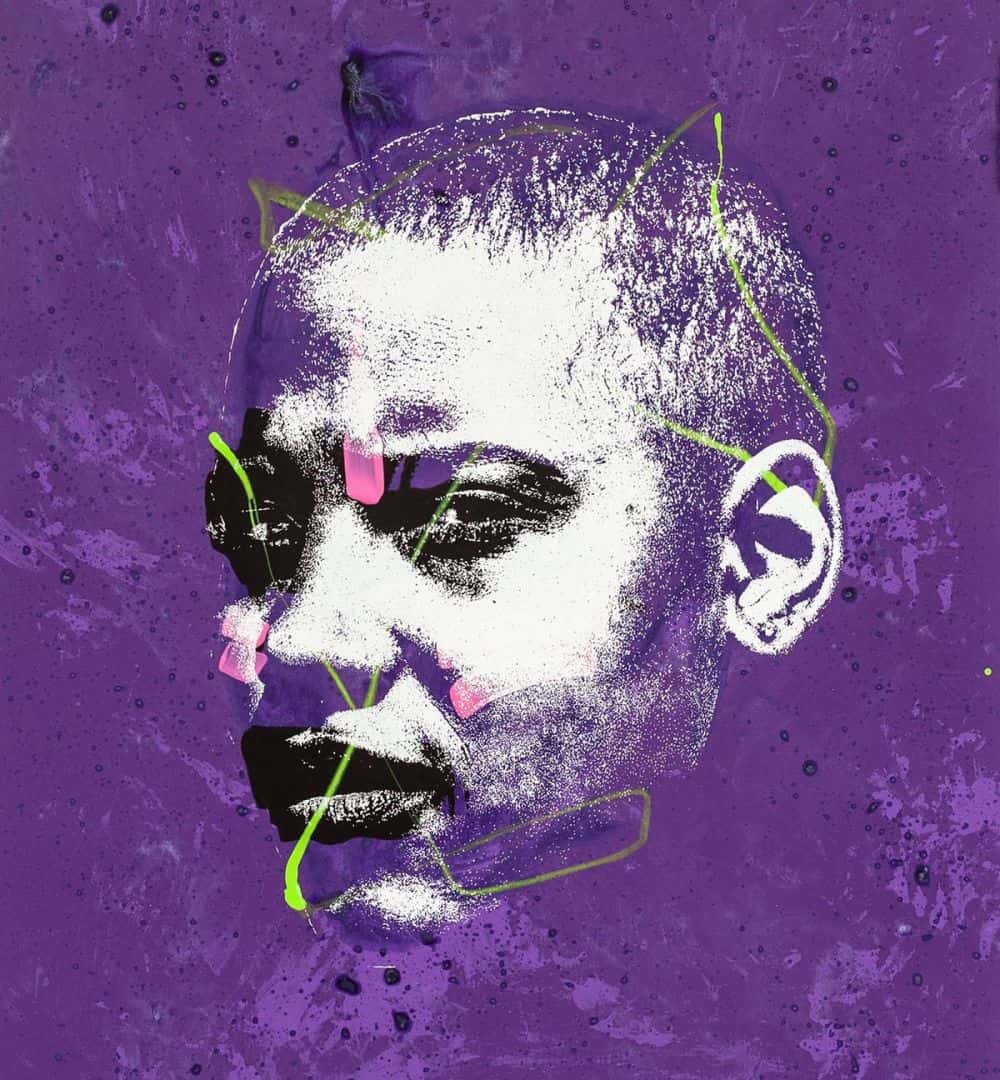
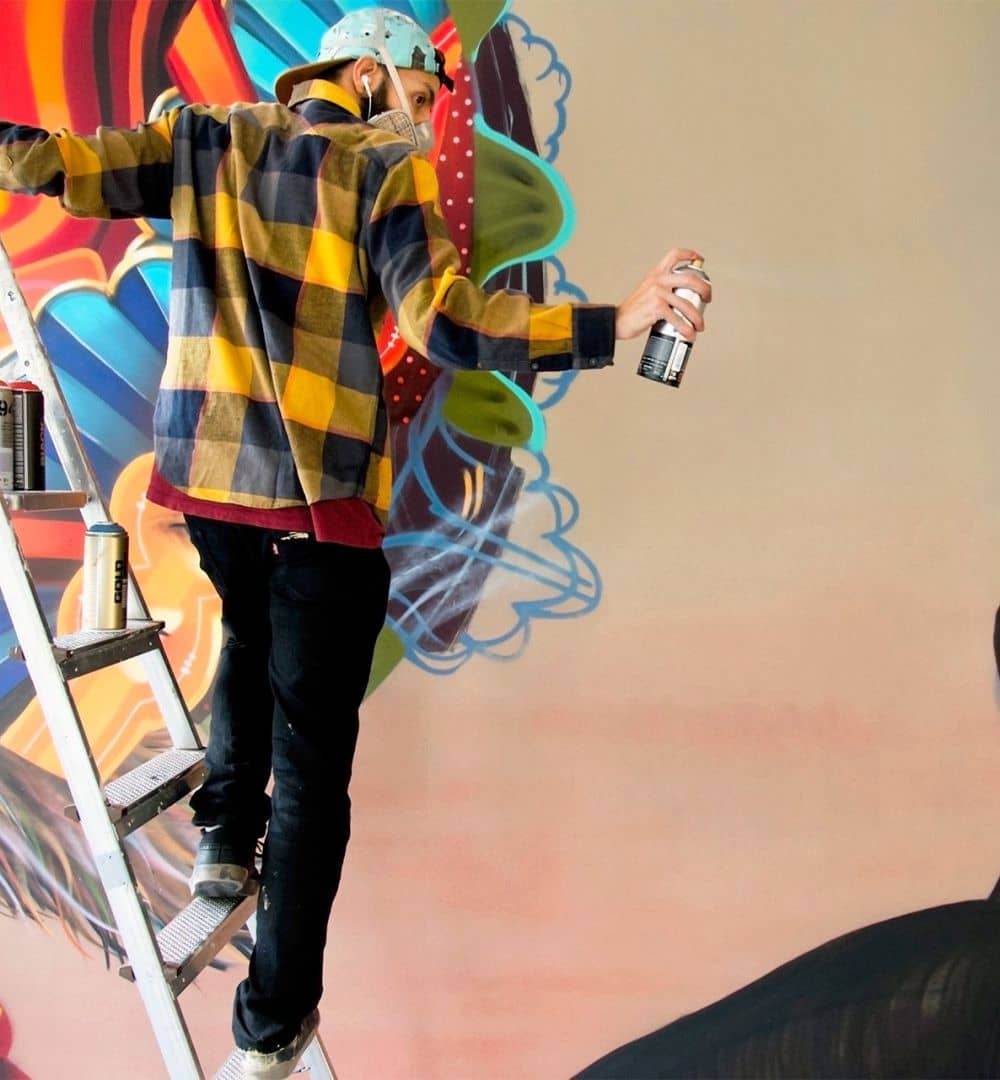
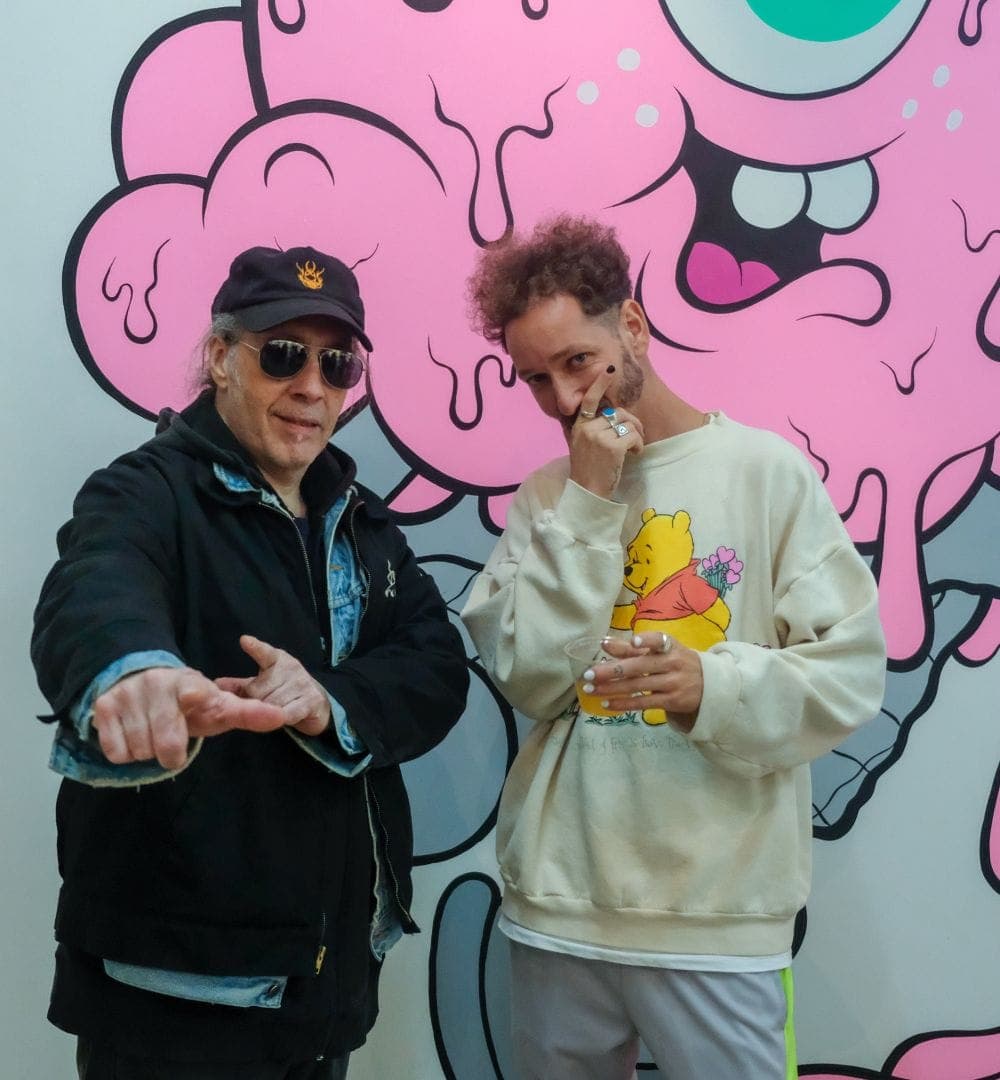
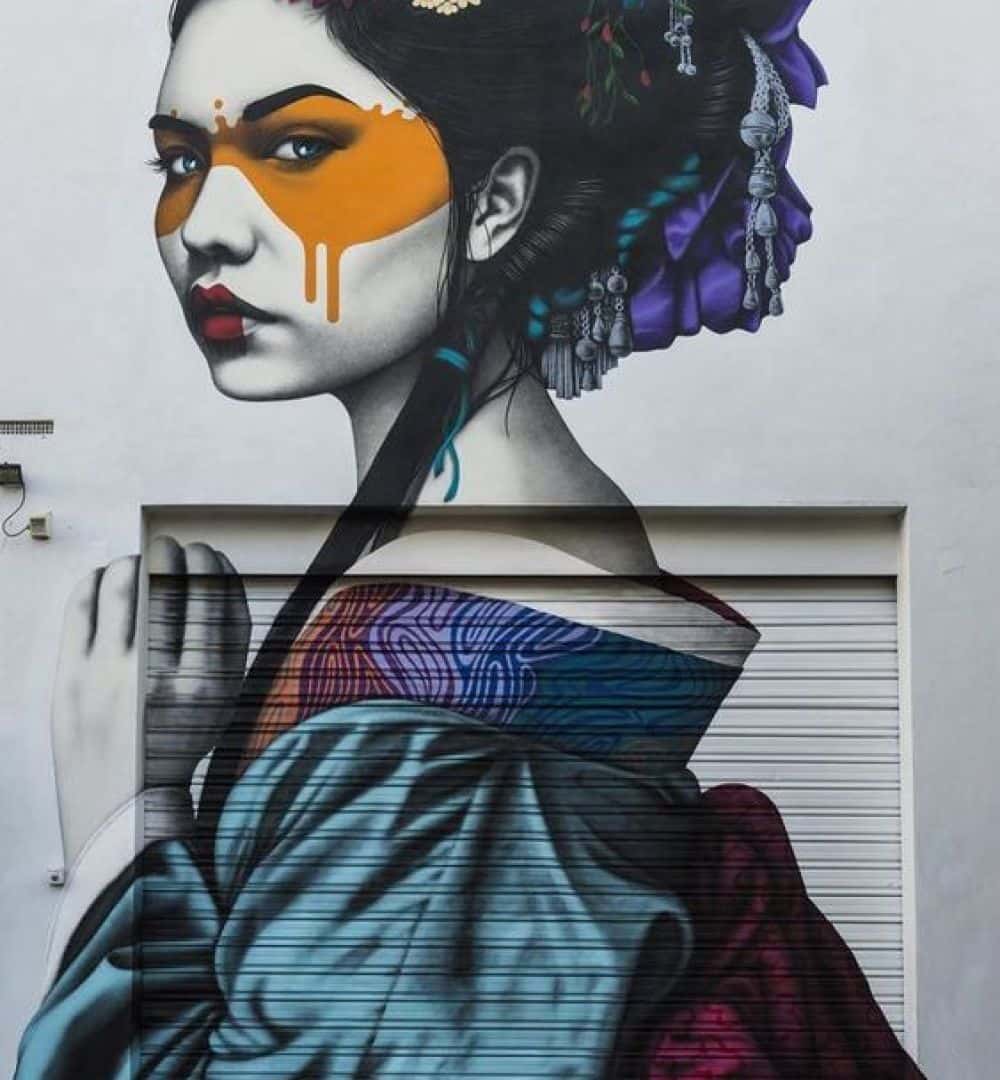

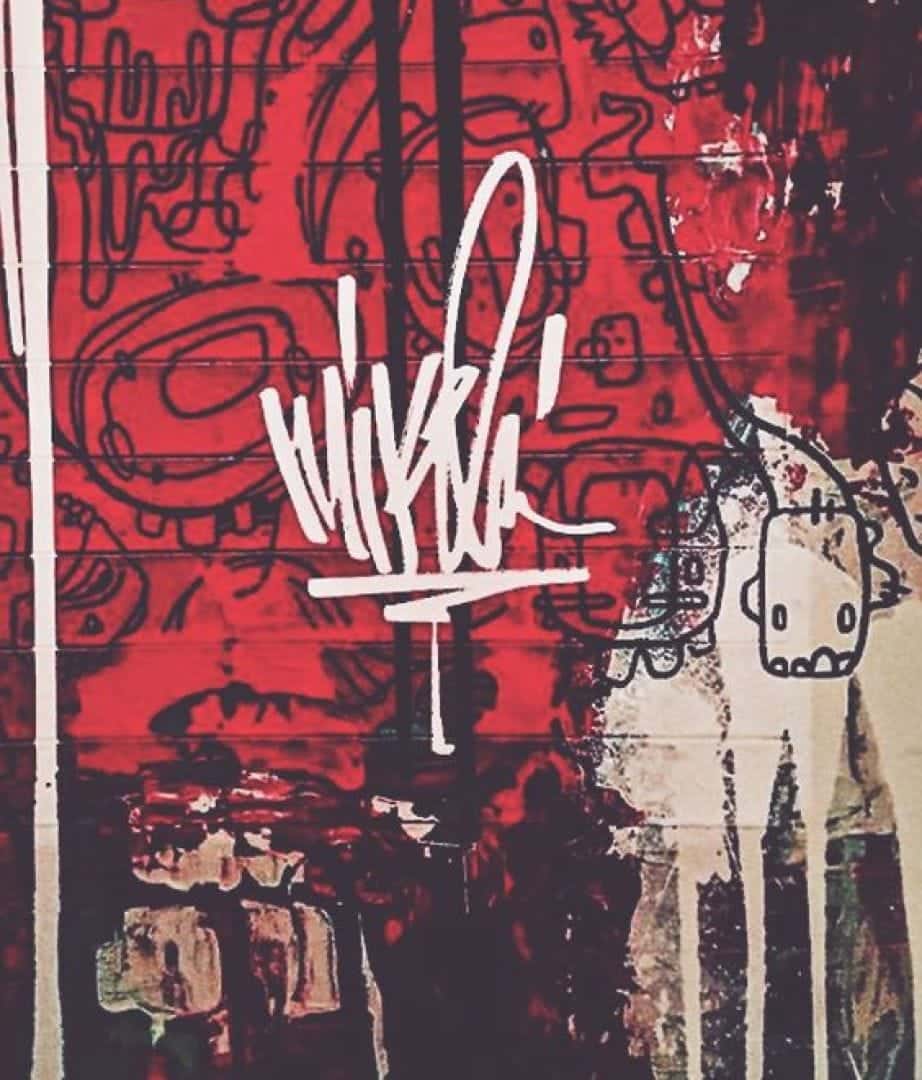
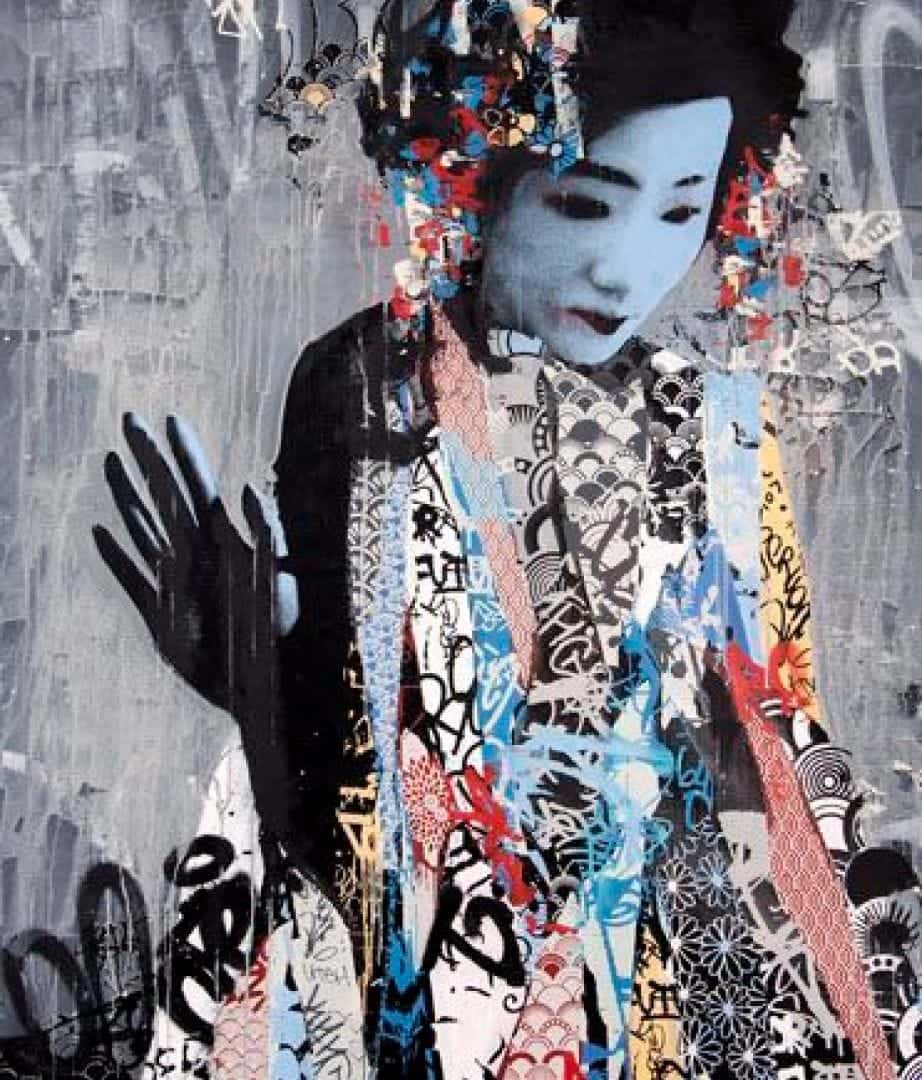
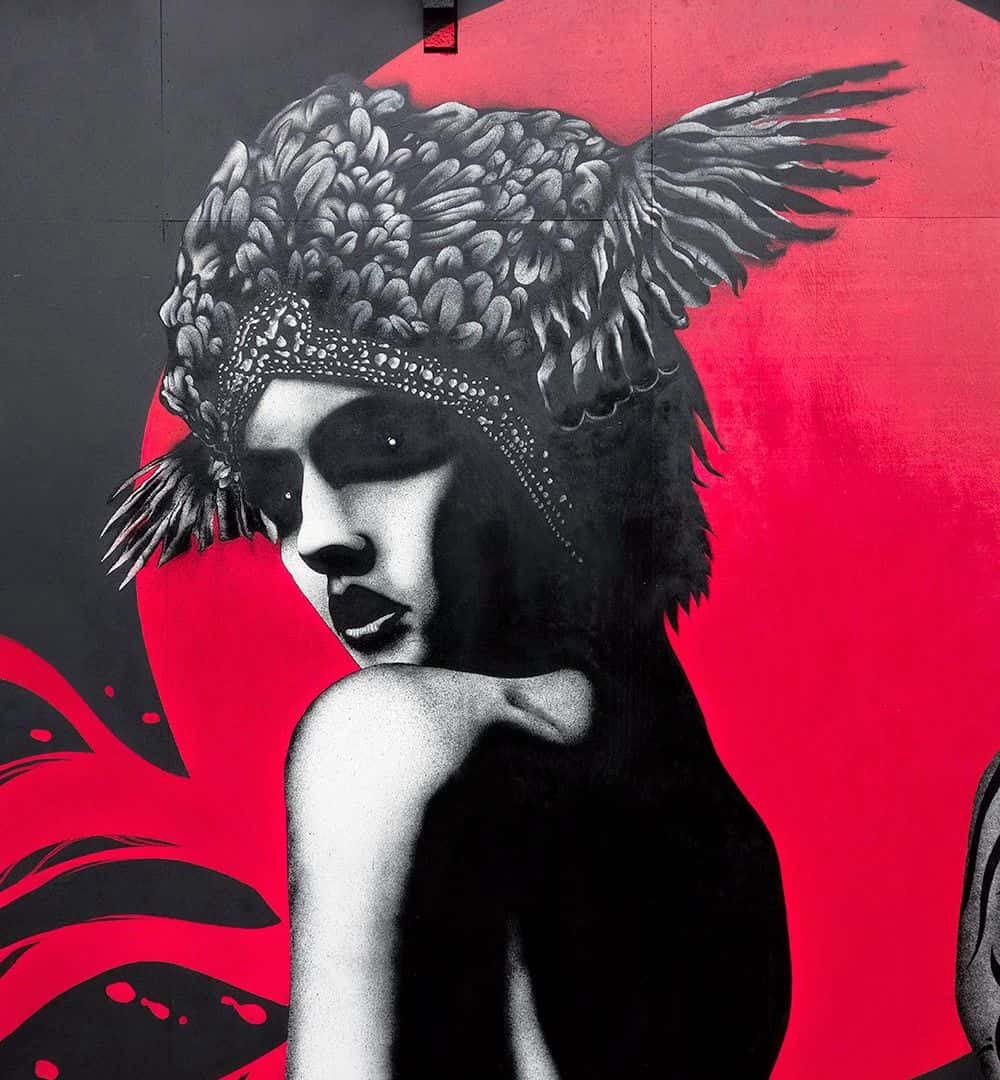
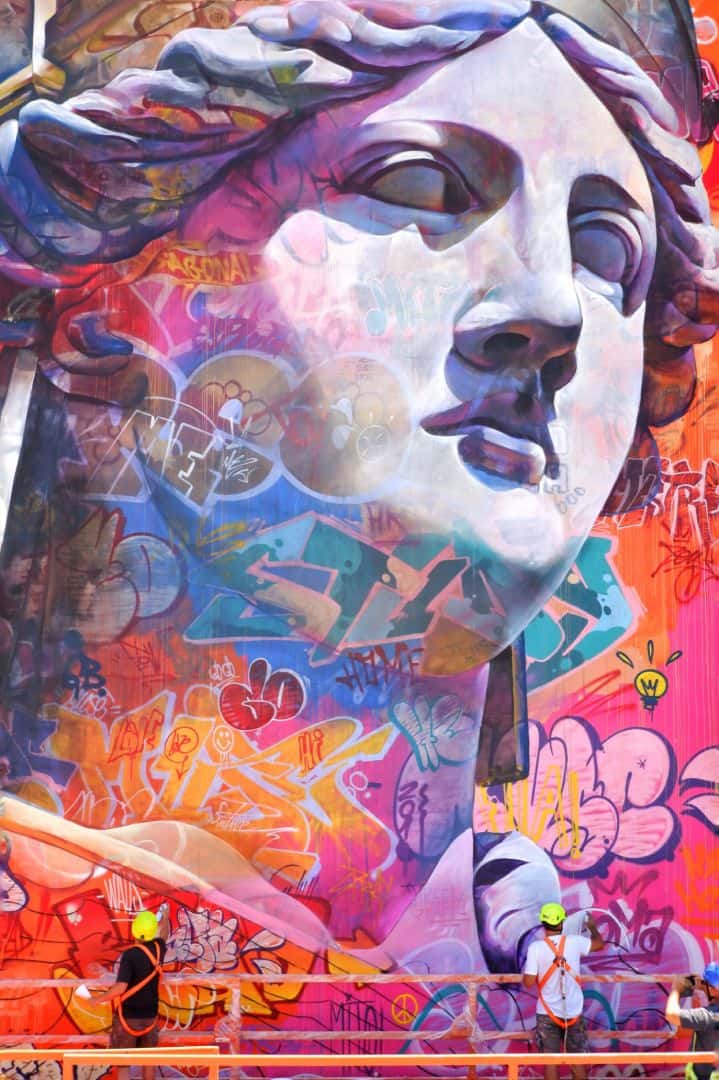


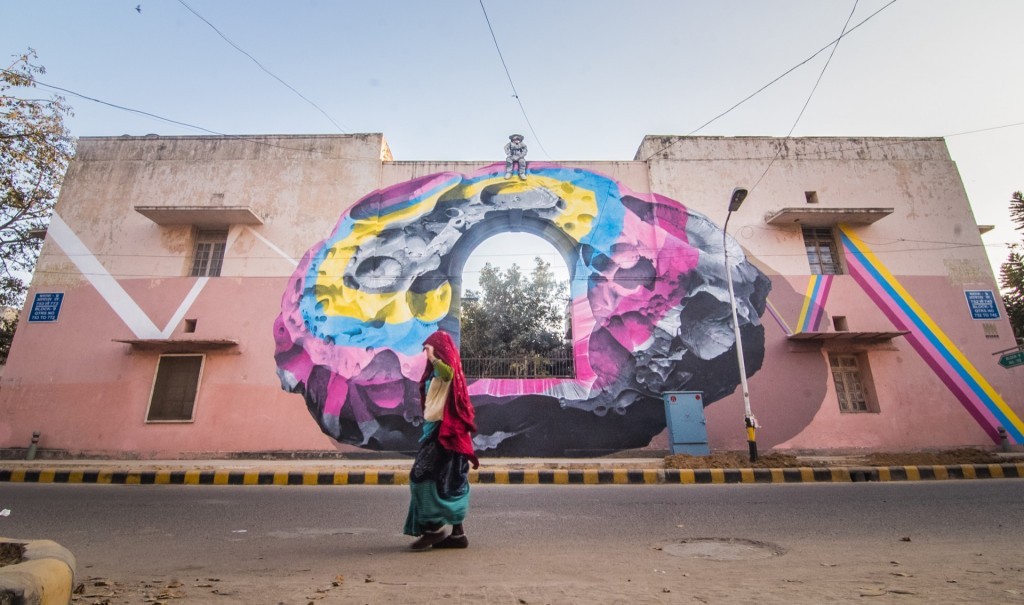
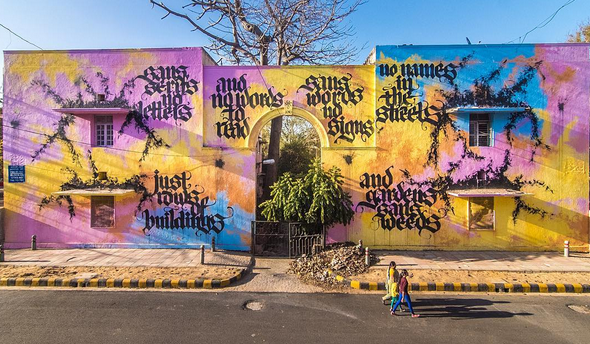
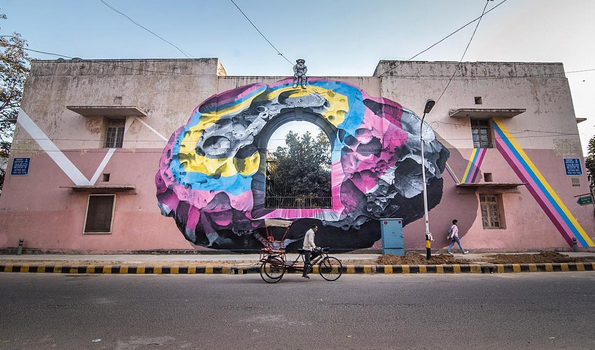
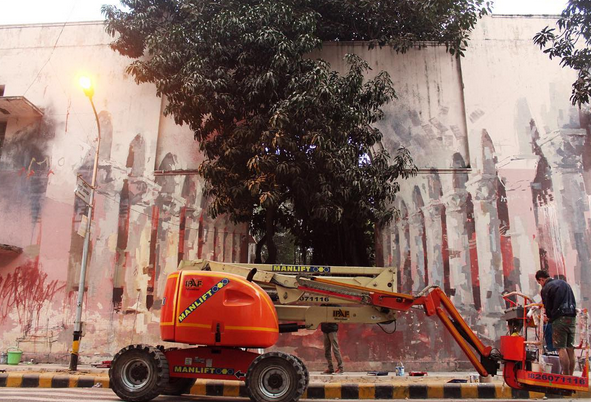
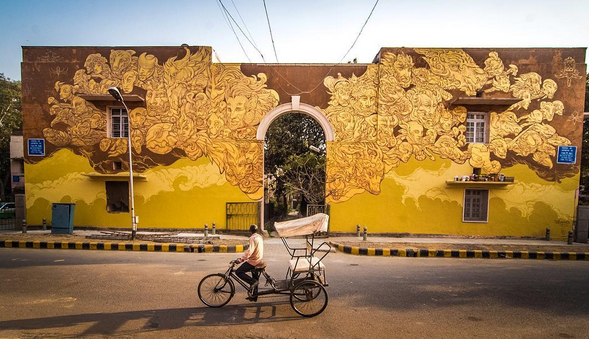
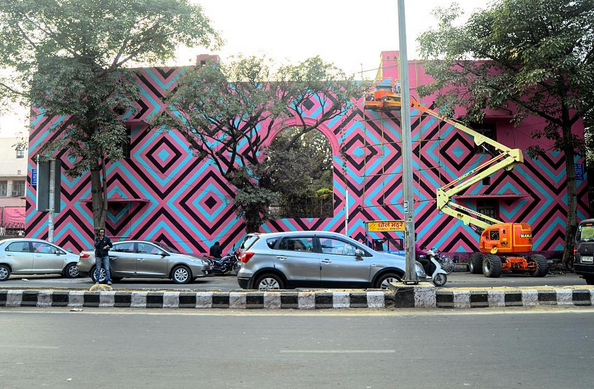
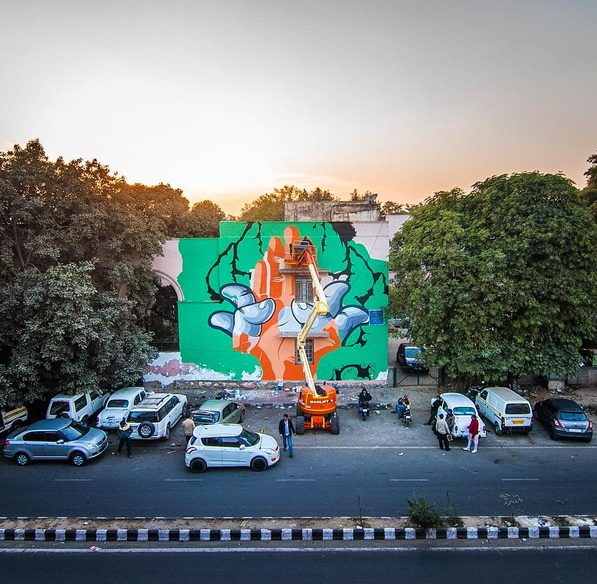
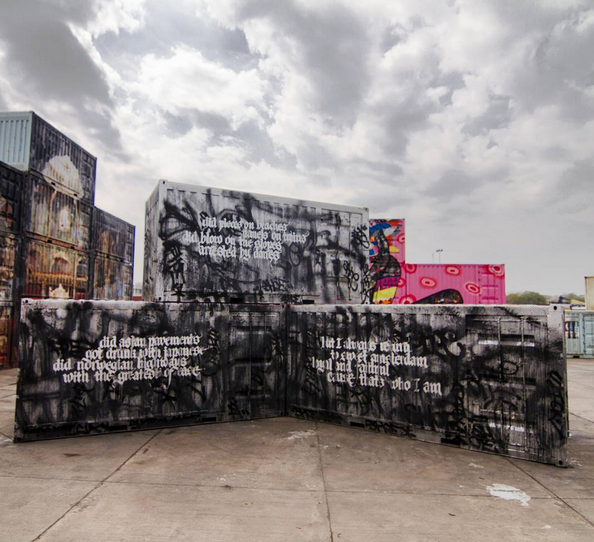
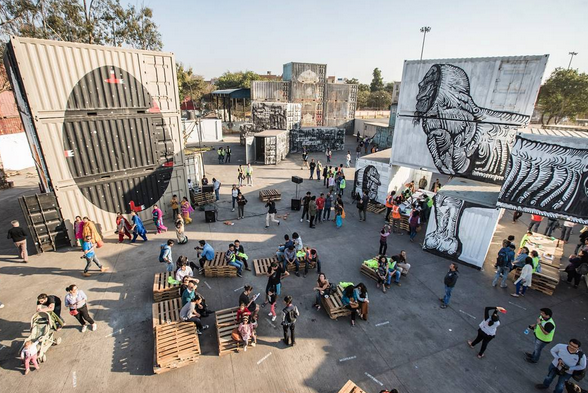
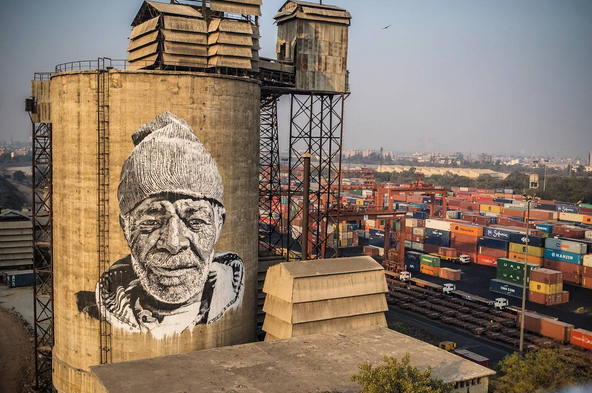
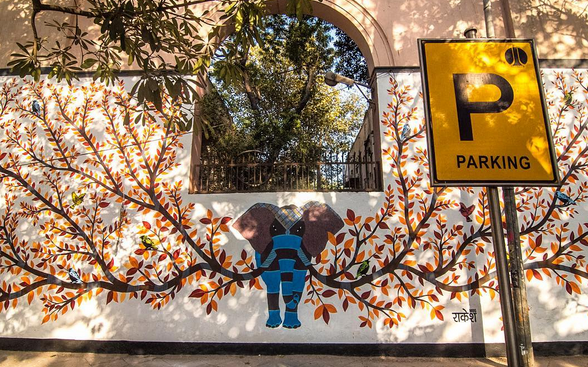

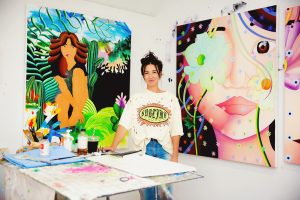
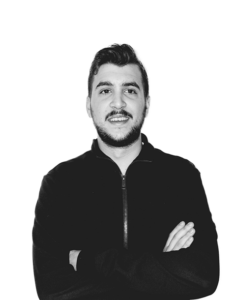
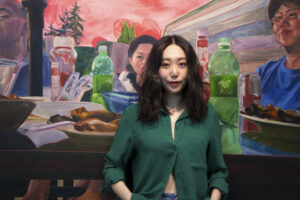
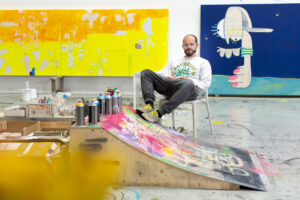
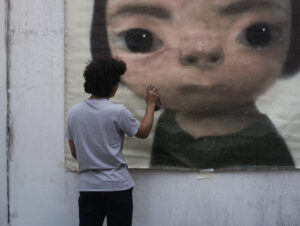
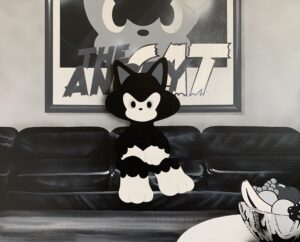
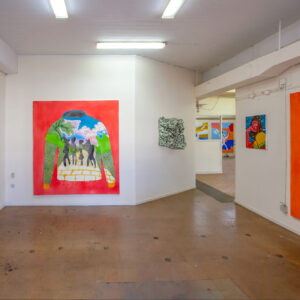
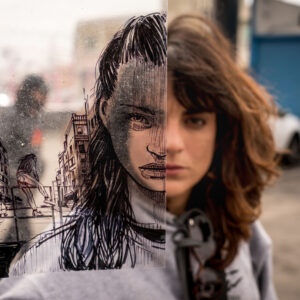
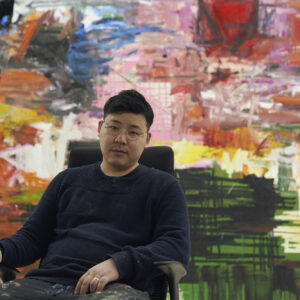

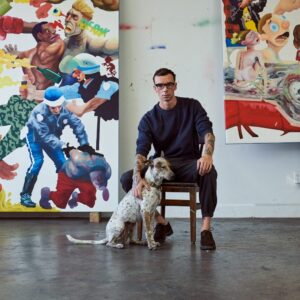
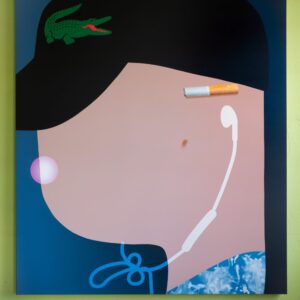
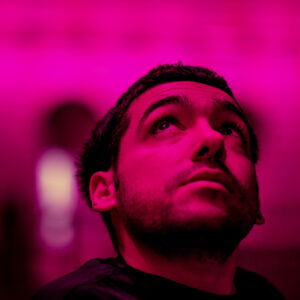
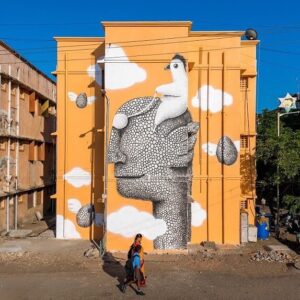
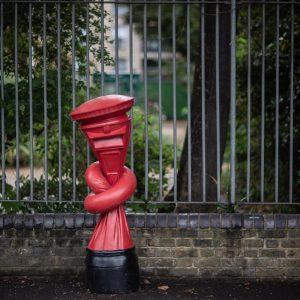
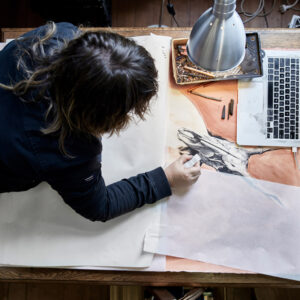
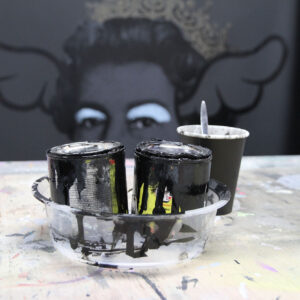
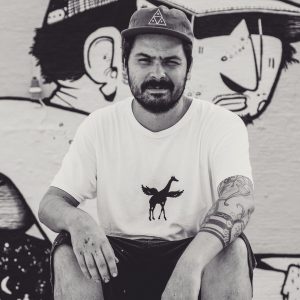
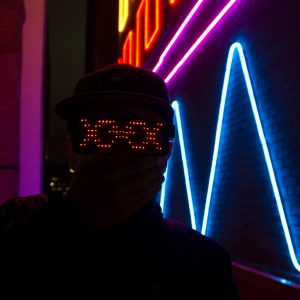
comment